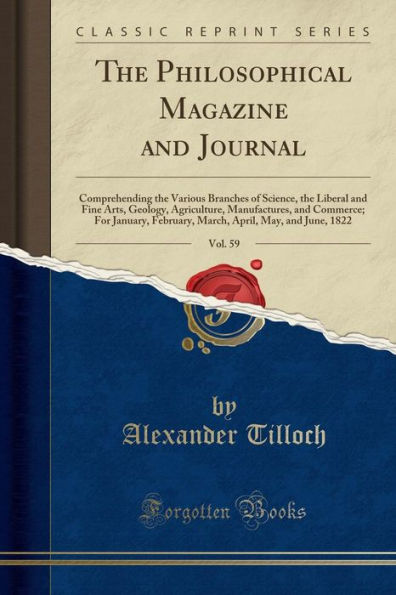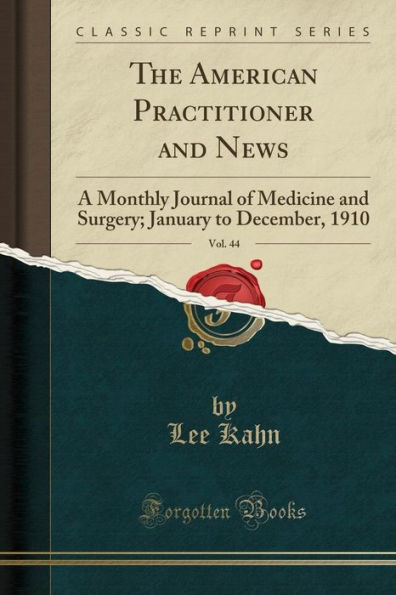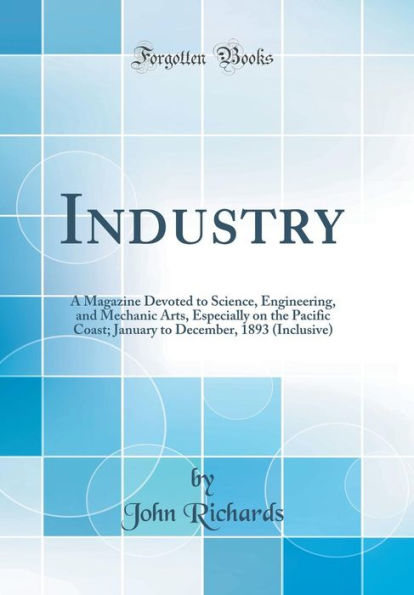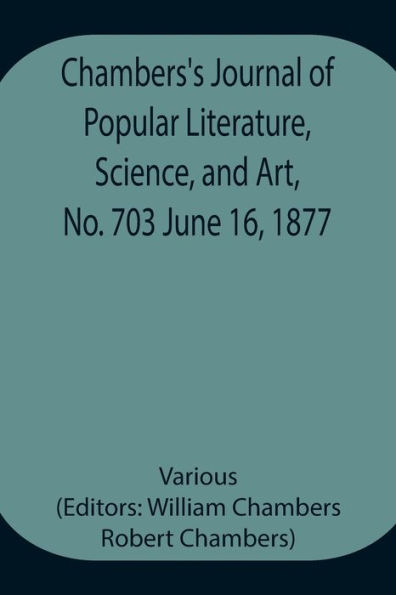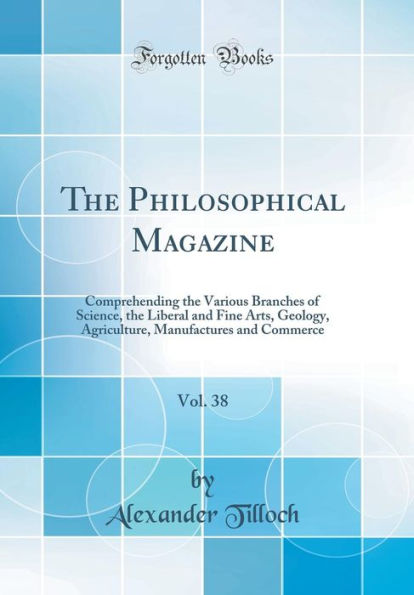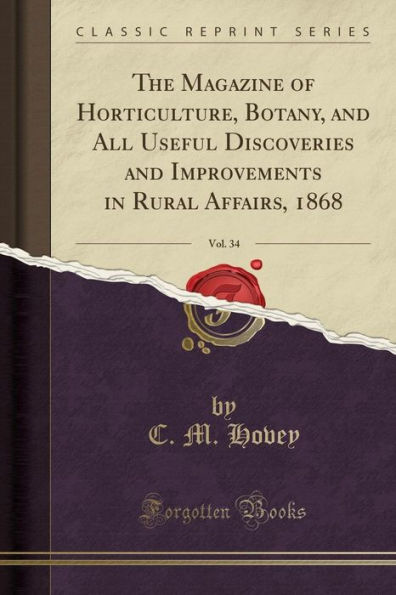Home
The Popular Science Monthly, Vol. 10: November, 1876, to April, 1877 (Classic Reprint)
Loading Inventory...
Barnes and Noble
The Popular Science Monthly, Vol. 10: November, 1876, to April, 1877 (Classic Reprint)
Current price: $23.57


Barnes and Noble
The Popular Science Monthly, Vol. 10: November, 1876, to April, 1877 (Classic Reprint)
Current price: $23.57
Loading Inventory...
Size: OS
*Product Information may vary - to confirm product availability, pricing, and additional information please contact Barnes and Noble
Excerpt from The Popular Science Monthly, Vol. 10: November, 1876, to April, 1877
Now, these and hundreds of similar examples can be incontestably proved.
Even the prolonged existence of the form of some animals, like Lingula, may be referred to an inherent vitality which enables them to survive changes that caused the death of thousands of others.
In an early discussion of Darwin's theory,2 Prof. Agassiz cited the persistence of Lingula as fatal to the theory, and Prof. William B. Rogers replied that the vital characters of some animals would enable them to survive above others. Ten years later, I had an opportunity of studying living Lingula on the coast of North Carolina, and brought specimens home alive in a small jar Of water, and kept them in a common bowl for six months without the slightest care. Their power of surviving under changed conditions - their vitality, in other words - seems incredible.3 (for further details, see reference below.)
About the Publisher
Forgotten Books publishes hundreds of thousands of rare and classic books. Find more at www.forgottenbooks.com
This book is a reproduction of an important historical work. Forgotten Books uses state-of-the-art technology to digitally reconstruct the work, preserving the original format whilst repairing imperfections present in the aged copy. In rare cases, an imperfection in the original, such as a blemish or missing page, may be replicated in our edition. We do, however, repair the vast majority of imperfections successfully; any imperfections that remain are intentionally left to preserve the state of such historical works.


